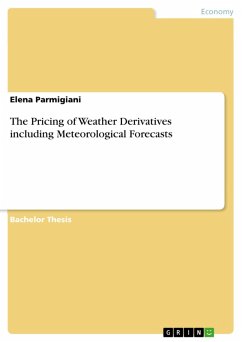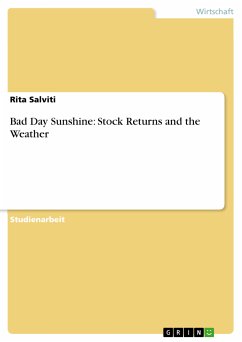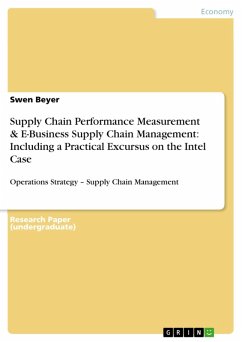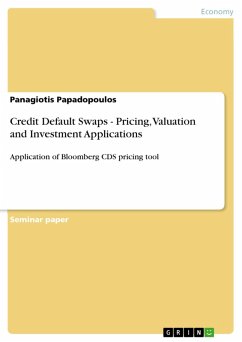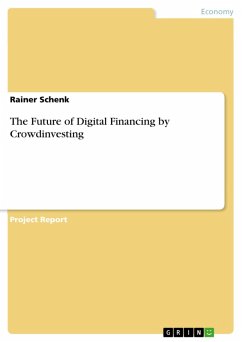Bachelor Thesis from the year 2013 in the subject Business economics - Investment and Finance, grade: 4/4, , language: English, abstract: 1. Abstract This paper analyses weather derivatives and the issue of pricing these financial instruments. The non-tradability of the underlying makes their pricing not straightforward and even if the Chicago Mercantile Exchange began trading the first weather contract in 1999, the market still witnesses very low volumes and is relatively illiquid. This theoretical analysis is focused on instruments whose underlying is temperature, since they are the most traded. Due to the assumption of informational efficient markets, all available information should theoretically be included in the prices. However most existing models focus only on historical observations of temperature, actually excluding some relevant information. The few models that have instead considered weather forecasts are analysed, and in particular the model introduced by Ritter, Musshoff, and Odening to price temperature monthly futures including weather forecasts is described in details. I've performed an analysis applying a simplified version of the model described, based on temperature data from Tampa, Florida, in 2007. The results show that models with meteorological forecasts indeed outperform models that ignore them.
Dieser Download kann aus rechtlichen Gründen nur mit Rechnungsadresse in A, B, BG, CY, CZ, D, DK, EW, E, FIN, F, GR, HR, H, IRL, I, LT, L, LR, M, NL, PL, P, R, S, SLO, SK ausgeliefert werden.

